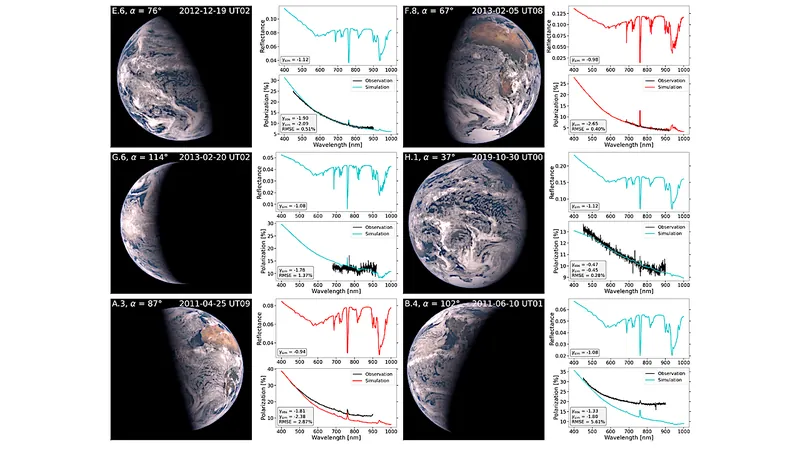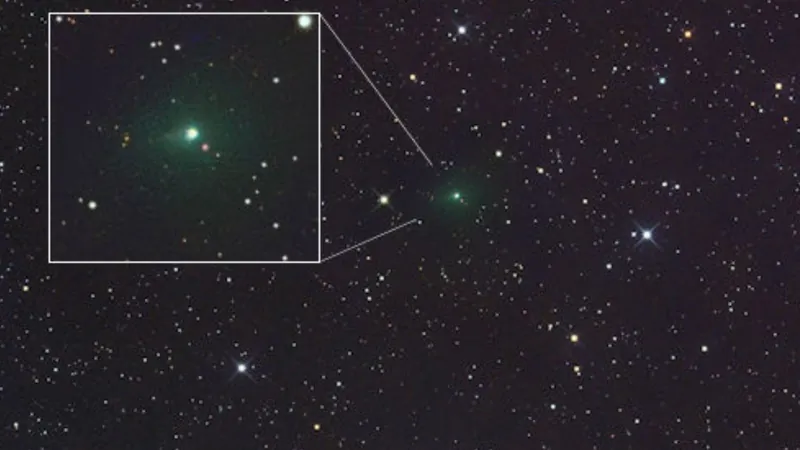
Unveiling Earth’s Secrets: How Observing from the Moon Could Change the Search for Alien Worlds
2025-09-22
Author: Charlotte
Imagine peering at Earth through the lens of the Moon, as if it were a distant exoplanet! This unique perspective, known as Earthshine observation, allows scientists to study our planet's features in ways that mimic the search for Earth-like exoplanets across the cosmos.
For over a decade, researchers have cataloged Earthshine polarization spectra using the FORS2 instrument on the Very Large Telescope (VLT). This innovative approach captures a variety of surface conditions, cloud properties, and weather patterns, crucial for enhancing our understanding of planetary atmospheres.
In a significant breakthrough, this research introduces a sophisticated modeling framework to analyze these complex datasets. Previous models struggled to match the polarization patterns observed, but the new 3D model incorporates detailed variability in cloud structures and accurate ocean glint treatments. The result? A remarkable improvement in the precision of the spectral matches!
What’s particularly fascinating is how the polarized light can distinguish between oceanic and terrestrial surfaces at varying angles, offering a tool that broadband filters simply can’t provide. This ability to discern oceans from land underlines the potential for polarization observations in identifying habitable conditions on distant planets.
Moreover, the study reveals intriguing connections between cloud optical thickness and polarized spectral slopes, as well as correlations with cloud cover and broadband differences in reflected light. These findings amplify the diagnostic capabilities of such observations.
What does this mean for the search for habitable exoplanets? From polarization data alone, scientists can infer vital clues about a planet’s oceans, vegetation, and active water cycles—key indicators for habitability.
As we continue to refine our observational techniques, this research opens new doors not just for studying Earth, but for shedding light on the conditions that could support life beyond our own planet.









 Brasil (PT)
Brasil (PT)
 Canada (EN)
Canada (EN)
 Chile (ES)
Chile (ES)
 Česko (CS)
Česko (CS)
 대한민국 (KO)
대한민국 (KO)
 España (ES)
España (ES)
 France (FR)
France (FR)
 Hong Kong (EN)
Hong Kong (EN)
 Italia (IT)
Italia (IT)
 日本 (JA)
日本 (JA)
 Magyarország (HU)
Magyarország (HU)
 Norge (NO)
Norge (NO)
 Polska (PL)
Polska (PL)
 Schweiz (DE)
Schweiz (DE)
 Singapore (EN)
Singapore (EN)
 Sverige (SV)
Sverige (SV)
 Suomi (FI)
Suomi (FI)
 Türkiye (TR)
Türkiye (TR)
 الإمارات العربية المتحدة (AR)
الإمارات العربية المتحدة (AR)